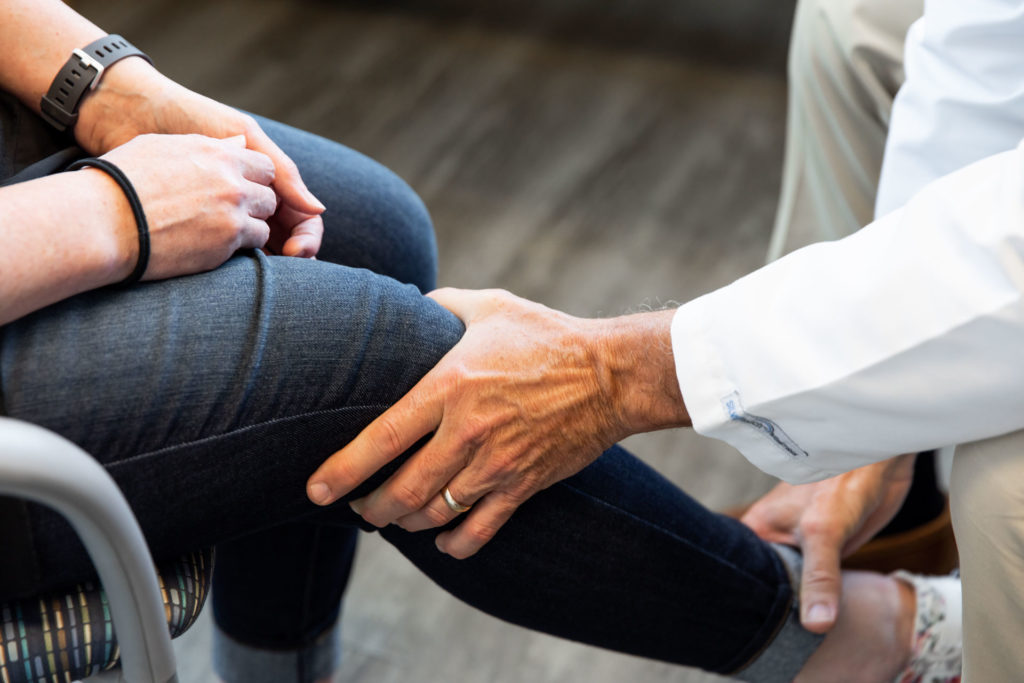
Dr. Khadavi’s Favorite Regenerative Articles of 2019:

The following are some of Dr. Khadavi’s favorite regenerative articles for 2019.
Lead Author: Adam Anz, Andrews Clinic
Journal: Journal of Arthroscopy and Related Surgery
Summary: Over the last 20 years, physicians and scientists have been searching for ways to increase platelet and mesenchymal stem cell concentrations in our patients’ PRP (platelet rich plasma). In this study, one of Dr. Khadavi’s favorite teaching colleagues, Dr. Adam Anz, studied a widely known phenomenon—that platelets increase in times of stress, including physical stress such as high intensity exercise. Dr. Anz took 20 individuals over the age of 18, drew their blood, had them exercise at between 70-85% of their maximal heart rates for 20 minutes, then drew their blood again. A small portion of the pre-exercise and post-exercise blood was sent to lab and the rest was centrifuged into PRP, which was then sent to the lab. He found that simple high-intensity exercise increased platelets in PRP by an average of 28% and mesenchymal stem cells by 59%! Since Dr. Anz first told Dr. Khadavi of his preliminary results in 2018, a year before publication, his clinic implemented a pre-procedural exercise protocol for patients whose joints or tendons would benefit from a super-high platelet concentration for their PRP procedure.
Lead Author: Changxu Han
Journal: Journal of Orthopaedic Surgery and Research
Summary: While 11 of the 13 randomized controlled studies performed up until now show improvements in function or decreased rates of tendon re-tear after rotator cuff surgery when PRP (platelet rich plasma) is added, statistical significance has not been consistent because of small size of prior studies. This is the largest and most recent attempt to analyze all randomized controlled trials for surgical rotator cuff repair with the augmentation by PRP and found that the addition of PRP decreased the chance of a re-tear and improved pain and function after surgery. The authors also performed a meta-analysis—combining the data from all of these trials to detect and statistically test trends of this treatment. While great diversity of technique and preparations of PRP exist in the trials, combining data showed a statistically significant decrease in retear rates after surgery from 24% to 16% when PRP was added and statistically significant improvement in function and pain scores. While insurance often does not yet cover PRP in these scenarios, Drs. Khadavi, Van den Berghe, and McCabe make these evidence-based, cutting-edge treatments available for their rotator cuff patients at Apex Orthopedics.
Title: Positive Effect of PRP on Pain on Plantar Fasciitis. The AmericanJournal of Sports Medicine
Lead Author: Joost Peerbooms
Journal: American Journal of Sports Medicine
Summary: The largest study of PRP in plantar fasciitis to date, 115 individuals were randomized into a PRP and cortisone group. Half were injected with PRP into the plantar fascia, and half with cortisone. Both showed similar improvements within 3 months, however at 6 months the PRP group showed much improved pain, function, and activity scores which were statistically significant and maintained at 12 months. This large randomized trial shows the long-term benefit and superiority of PRP in plantar fasciitis. PRP is a first-line option to cure plantar fasciitis for Dr. Khadavi at Apex Orthopedics, in addition to night splints, physical therapy, and custom inserts.


